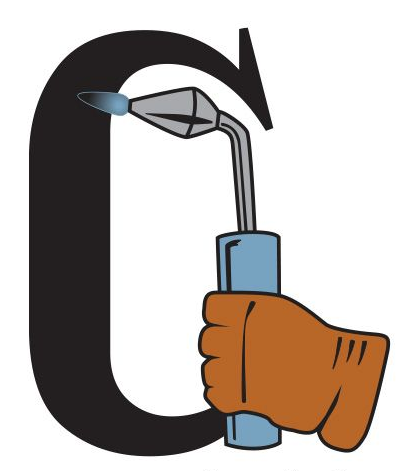Top 10 Handrail Installation Mistakes
Mistakes happen. But this should never be the case when installing metal handrails on elevated structures. Defective or unstable railings can cause users to lose balance, leading to serious accidents and possible litigation and fines. Avoid these common blunders to ensure safe commercial handrails that won’t endanger your customers and staff.
Design Flaws
1. Insufficient Planning and Design
As the saying goes, “Failing to plan is planning to fail.” This includes rushing through the commercial hand rail design phase which leads to errors in measurement and structural instability. Inaccurate measurement and planning can result in ill-fitting railings, uneven spacing, or insufficient support. Double-check all measurements, and create a detailed plan before beginning the handrail installation process.
2. Overlooking Ergonomics Consideration
A handrail design should not only be for meant for grasping with hands but should also be a crutch for balance when traversing stairs or raised platforms. Well-designed handrails can be grasped readily and firmly without causing the hands to accidentally slip or being required to hold something in a painful manner or an uncomfortable way. They should neither be too high nor too low to significantly enhance balance recovery and help avoid falls. This is why local codes are in place to dictate these measurements.
Material Selection
3. Inappropriate Material Choices
When selecting materials for handrails, it is important not just to consider design goals but also their durability in challenging environments and applications. Areas with extreme temperatures and constant precipitation require non-corrosive materials to prevent premature deterioration of the handrails. An aluminum handrail or steel handrail falls within this category.
4. Neglecting Material Thickness
Selecting the right thickness for a commercial railing is central to its success and effectiveness. It must meet the minimum thickness requirements, following regulatory standards, to ensure durability and security, and provide reliable support. Thicker materials offer greater strength to withstand heavy loads and minimize risks of breakage.
Welding and Joining Errors
5. Poor Welding Techniques
Depending on the kind of metal and structural needs of the handrails, the proper welding technique will produce a smooth finish. A weld that is poorly executed, on the other hand, can compromise the stability of the entire structure. This can be avoided by employing skilled welders who follow industry best practices and adhere to quality standards.
6. Incorrect Joint Alignment
Misaligned joints can compromise the overall strength of metal handrails, posing risks for users. It is crucial, therefore, that the joints of metal railings are trimmed at exactly the same angle and come together neatly to achieve strong and durable connections. Arranging precise joint alignment and using the appropriate fixtures will ensure that the commercial hand rail can provide the necessary support.
Installation Pitfalls
7. Inadequate Anchoring
Attaching a steel handrail securely to a concrete surface or a sturdy supporting wall provides the maximum amount of stability and safety. From choosing the most suitable anchor to deciding the right substrate, the handrail must be installed properly to offer a solid handhold without any wobbling or give. Failure to do so can turn a loss of balance into a serious fall.
8. Ignoring Expansion and Contraction
Temperature changes cause metal handrails to shrink or expand, especially in outdoor settings. Aluminum and stainless steel tend to increase in size in summer heat and shrink again in winter cold. It is important to account for these movements during installation, and provide a sufficient allowance for expansion and contraction.
Lack of Compliance with Codes and Standards
9. Disregarding Local Building Codes
Local building codes specify the rules for commercial railing design and use to ensure the highest level of safety. From fabrication to installation, there are applicable codes intended to arrest people’s falls and assure their safety. Complying with these safety standards can help avoid legal issues, fines and penalties.
10. Poor Communication with Inspectors
A building inspector is there to make sure there isn’t a problem with the installed railings, and they comply with all regulations. It is important to maintain an open line of communication with the inspectors to address any concerns or clarifications promptly, and avoid delays in obtaining the necessary permits and approvals. Honesty is the best practice. Don't try to hide or ignore any issues that need to be addressed. In the end, these codes are in place for the right reasons.
At Creekside Handrails, two of our main goals are to deliver the exquisite railing that you ask for while making sure it's safe for all who come in contact with it. We've yet to meet a client that wants a railing just because it looks great. While many railings can be designed to look spectacular in your space, the main purpose for them being there is to prevent a fall or provide support. With our years of experiences, we work to get our railings passed by inspectors the first time, helping to keep your project on track and avoiding extra costs. Call today with any questions you may have or to have us get started on your next project.


